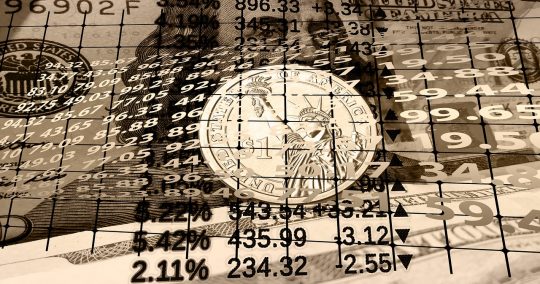To the surprise of many investors, the precious metals have rallied while the broader markets continue to sell-off. Currently, both gold and silver are solidly in the green while the major indexes were all the red following a huge sell-off yesterday. The Dow Jones Index has lost nearly 1,000 points in the past two days while the gold price is up nearly $25.
However, even though we could see a late-day rally in the markets, and even higher stock indexes over the next few months, the bear market for stocks is still coming. The Dow Jones Index has now suffered two large sell-offs in the past ten months:

In January, the Dow Jones Index fell by more 3,000 points, and the current correction is only one-half of that amount. So, I expect to see a continued correction over the next month. Because October is the worst month for market Crashes, this could be one hell of a blow for not only the economy but also, for investor confidence.
For example, according to the Zerohedge article, Used-Car Prices Plunge Most In 15 Years:
Looking deeper at the core inflation print, it reflected a 3% monthly drop in prices for used cars and trucks following increases in each of the last 3 months, and the biggest drop in 15 years…
And then, of course, the continued disintegration of the U.S. Retail Market, Sears Creditors Push For Bankruptcy Liquidation As Vendors No Longer Paid:
Amid recent reports that Sears is set to file for bankruptcy as soon as this weekend ahead of a $134 million debt payment due on Monday, the only question is whether the filing will be a Chapter 11 debt for equity reorganization or a Chapter 7 liquidation. And contrary to the desires of Sears CEO and biggest creditor, Eddie Lampert, who would like to preserve the core business, others are pushing for an outright liquidation.
…click on the above link to read the rest of the article…











 Haruhiko Kuroda will stimulate us back to Nirvana! Hurrah! Photo credit: Yuya Shino / Reuters
Haruhiko Kuroda will stimulate us back to Nirvana! Hurrah! Photo credit: Yuya Shino / Reuters



